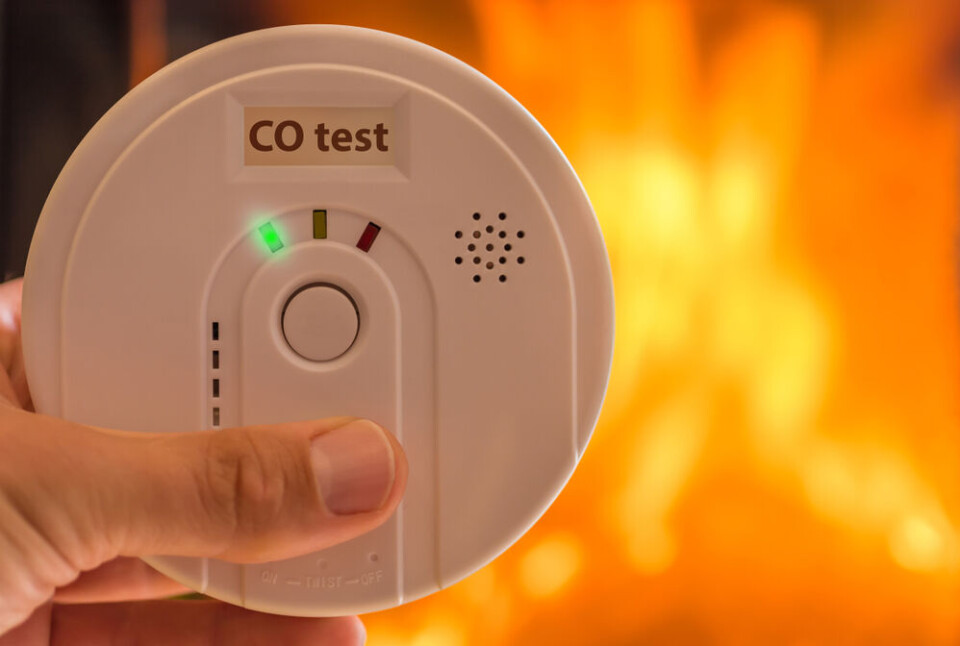-
Is insurance from a GHIC health card sufficient for visiting second home in France?
Health cards provide ‘medically necessary’ coverage
-
Mutuelle fees set to increase in France next year: see by how much
New taxes on mutuelle companies denounced by insurance federation
-
‘Super flu’ gains ground in France, vaccination urged
Strain of virus is more transmissible than counterparts leaving hospitals at risk of being overrun
How to protect against carbon monoxide poisoning in French home
Warnings raised after Storm Ciaran causes spike in cases

France’s public health body has released information on how to protect your home against carbon monoxide poisoning after an uptick of cases in Normandy and Brittany caused by Storm Ciaran.
With over a million homes losing electricity during the worst of the storm, many people used alternatives such as generators (groupes électrogènes) and heaters to keep homes warm and appliances ready to use.
These generators and heaters can emit toxic gases, including carbon monoxide – an odourless, colourless gas, which is undetectable unless you have a working alarm in your home.
“Under no circumstances should you install [a generator] in an enclosed space,” said the Agence régionale de santé (ARS).
“Additional heaters (oil or gas stoves, etc.) should never be used continuously (maximum two hours a day) and should be installed in ventilated areas,” it added.
What can you do to minimise risk?
The ARS website recommends a number of preventative measures, including:
- Having your boiler, heating system and water heater checked every year before winter
- Having all chimneys and flues cleaned and inspected before winter every year
- Airing your home for 10 minutes every day, even when it is cold
- Not using appliances not intended for heating to keep your home warm (i.e using a gas stove cooker to keep your kitchen hot)
- Not using outdoor appliances (such as barbecues) indoors
Installing a carbon monoxide detector
It is also recommended that you install a carbon monoxide detector in your home, although unlike smoke detectors, they are not mandatory in France.
Such a device “enables you to identify a high concentration of this gas in the air very quickly and sound the alarm,” says gas supplier Engie.
A carbon monoxide detector needs to be installed in the same room as the gas boiler or heater in your home, between one and three metres away from the appliance (to prevent false alarms).
It should be fixed about 1.5 m above the floor, and can be on either the wall or the ceiling.
Additional detectors can be installed “in every bedroom as a priority, with a device that can be placed near the headboard of the bed, at breathing height,” said insurance company Groupama.
Failing this, one on every floor of your property can also suffice.
What are the signs of carbon monoxide poisoning?
The first signs of carbon monoxide poisoning are headaches, nausea, fatigue, feeling uncomfortable, and sore muscles/muscle paralysis.
If you think you or someone in your home is suffering, you should immediately air the room, leave the property and call the emergency services.
Carbon monoxide poisoning is responsible for around 100 deaths every year in France, and 1,300 cases are reported each year.
Related articles
Is a new boiler offer for €1 in France too good to be true?
Where is radon gas mainly found in France and is there a health risk?
























